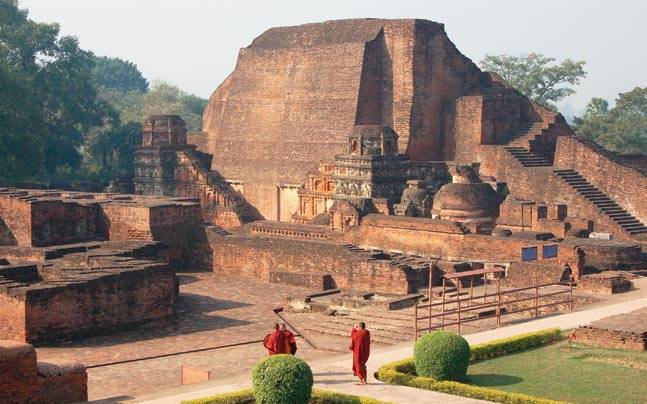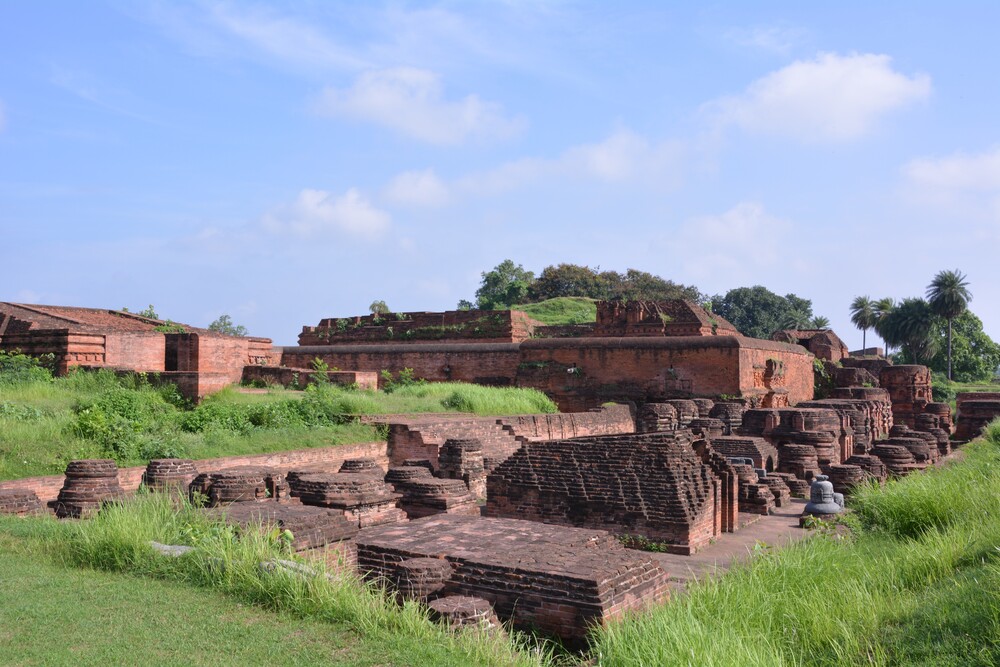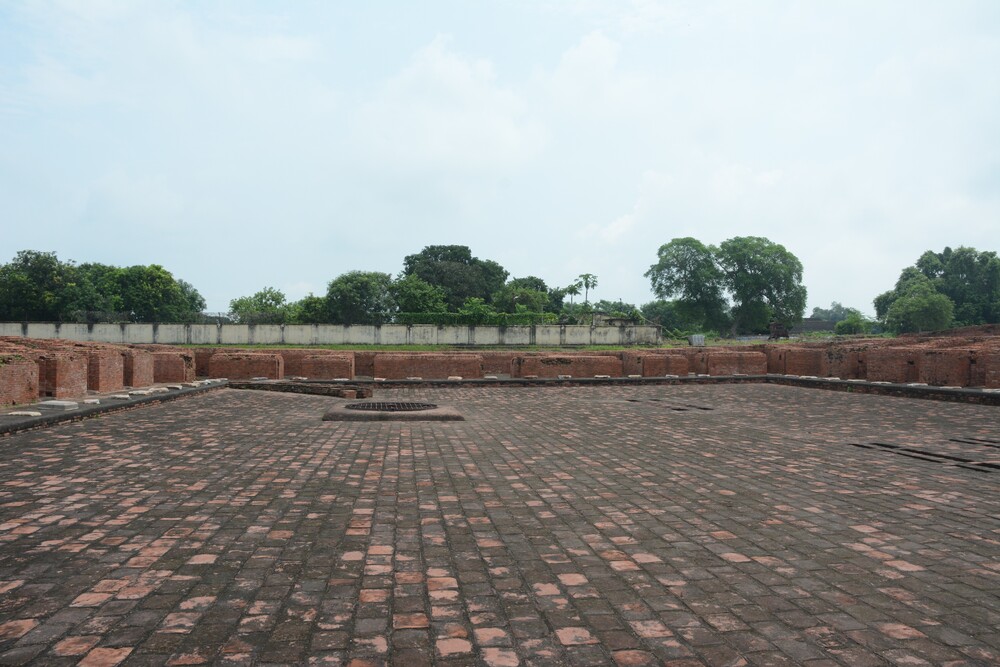Archaeological Site of Nalanda Mahavihara at Nalanda, Bihar
The Archaeological Site of Nalanda Mahavihara, located in Bihar, India, is a UNESCO World Heritage Site and a symbol of ancient Indian educational and cultural heritage. Founded in the 5th century A.D., Nalanda was one of the earliest and most prominent centers of higher learning in the world, attracting scholars from India, China, Korea, Central Asia, and beyond. This ancient university flourished under the patronage of the Gupta Empire and later, the Pala dynasty, offering advanced studies in subjects like philosophy, medicine, astronomy, and mathematics. It is also closely associated with Mahayana Buddhism and served as a hub for Buddhist teachings and practices for centuries.
The site consists of extensive ruins that include stupas, shrines, viharas (monasteries), and important artifacts, showcasing the architectural and scholarly achievements of ancient India. Among its prominent structures is the Sariputta Stupa, which features intricate carvings and terracotta designs. The library complex of Nalanda, renowned for its vast collection of manuscripts, was housed in three grand multi-storied buildings. The university's academic system and infrastructure were advanced for its time, hosting over 10,000 students and 2,000 teachers. Renowned scholars like Xuanzang and Yijing from China documented their experiences at Nalanda, highlighting its international stature.
Nalanda's decline began in the 12th century due to invasions and socio-political upheavals, leading to the destruction of its structures and library. However, its rediscovery in the 19th century and subsequent archaeological excavations have brought its rich history to light. Today, the site is a symbol of India's ancient educational and cultural legacy, attracting visitors and scholars from around the world. It stands as a reminder of the global exchange of knowledge and the timeless pursuit of learning.




